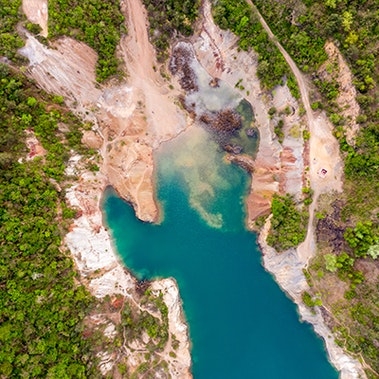Our joint report with WWF explores the current industry trends and practices in infrastructure investing as they relate to environmental, social and governance (ESG) factors, with a focus on climate and nature-related considerations.
Various stakeholders have taken a wide range of policy actions to encourage the integration of ESG factors into investment decisions, including infrastructure investments. Research conducted for this report indicates progress in integrating climate and nature-related ESG factors into decision-making processes, as all survey respondents indicated that they use ESG scoring frameworks of some kind. Motivations to include such frameworks have usually been driven by society- and market-led considerations, with the top three motivations for ESG integration being financial returns, ESG risk management and brand reputation.
The integration of ESG factors into investment decision-making most commonly consists of a qualitative evaluation within the structured due-diligence process, followed by ongoing ESG performance monitoring at the post-investment stage. Some investors are still filtering or screening assets that are unattractive for ESG reasons, however funds are increasingly using a more nuanced approach. For instance, some investors are considering investments into assets currently perceived as less ‘sustainable’, to support those assets’ transition onto a more sustainable footing from an ESG perspective. Investors are planning to adopt quantified ESG metrics into their valuation modelling assessments.
The ESG factors most commonly reflected in investment decision-making were greenhouse gas (GHG) emissions and energy and resource efficiency. Within infrastructure investment sectors, the ESG factors most often considered included GHG emissions in utilities, transport and thermal energy generation, and physical climate in telecommunication, utilities and transport.
Two distinct approaches can be seen: (1) smaller or indirect investment funds relying more on external frameworks and tools; and (2) infrastructure specialists and multilateral development banks using a combination of internal proprietary tools as well as external frameworks and tools. The scale and focus of the second approach generally lead to an increased capacity and appetite to use proprietary tools to identify an asset’s current and future ESG footprint.
ESG motivations associated with corporate responsibility and those associated with financial returns are converging, as ESG factors are increasingly considered as driving risk-adjusted returns. Investors are recognising the potential to enhance value by making unsustainable assets sustainable, thus benefiting from a yield shift and higher returns in the process.
This report was also authored by Dr Helena Wright and Ted Kin Chen from WWF.
Abhimanyu Bhuchar, Andrew Perry, Ross Hibberd, Samuel Koh and Masatoshi Asaoka from Oliver Wyman also contributed research and insights to this report.








